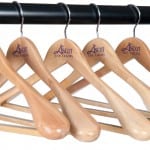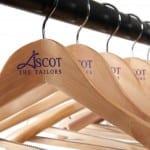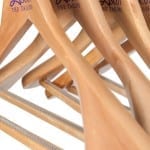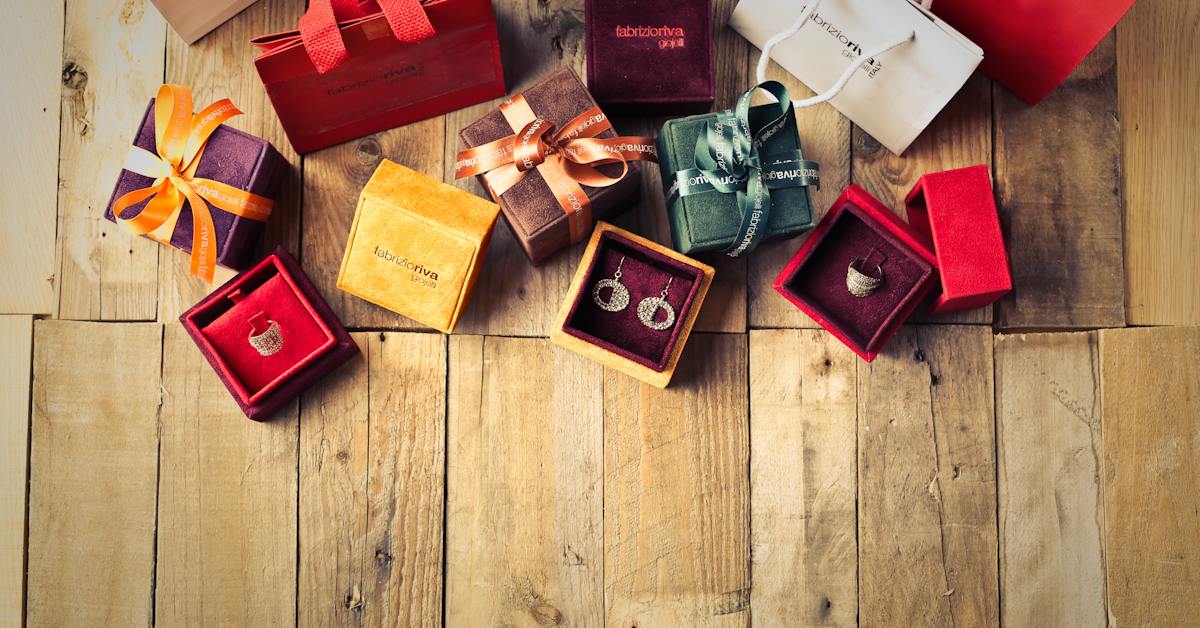Pad printing technology has been around for a long time but few people know how it works or even what it is. Did you know that many of the products you touch every day have been pad printed? That’s right, pad printing is a common process used in manufacturing to decorate products that we use every day. These products include golf balls, medical devices, televisions, hangers & carrier bags. If you have ever wanted to know how a logo goes from a computer screen to the golf ball here it is Pad Printing.
That’s right… pad printing takes a 2d logo and transfers it to a 3d object like a golf ball. Golf balls aren’t the only thing you can do with pad printing but they are a great example of a pad printing application in the real world, hangers are another item used in the retail world for a company or product branding.
So how does Pad Printing Work? The transfer pad printing process consists of four main elements: pad, cliché, ink, and machine. Below is a brief introduction of the elements followed by a detailed discussion of each.
Silicone Transfer Pad
It was the introduction of the transfer pad in the late 1960s that accelerated pad printing to its current status. The transfer pad, constructed of silicone rubber, is the key ingredient that enables printing on three-dimensional surfaces. Available in a variety of shapes and hardness (durometer), it is the job of the pad to pick up the ink image out of the cliché plate, act as a carrier, and then transfer the image to the part. It is the unique nature of silicone rubber that allows the pickup and release process to occur.
Cliche Plates
The second key element that we will look at is the printing plate or cliché. The cliché is manufactured through a special photo-etching process and is available in an assortment of sizes and materials. The most commonly used steel cliché has a life expectancy in excess of one million cycles. Other temporary cliché materials can be used for shorter production runs and can even be manufactured at the user’s facility. The choice between using steel or temporary clichés is based on volume and print quality considerations.
Pad Printing Ink
Pad printing ink, the third key element, includes a wide range of various inks, all designed specifically for the pad printing process. Due to the nature of this process, most clichés are etched to a depth of approximately one-thousandth of an inch (.001″). With such an extremely shallow etched depth, the ink deposited within this space must be highly pigmented to obtain the necessary opacity. In addition, thinners are mixed with the ink to control viscosity and to facilitate ink “tackiness”, a critical factor in the image transfer process.
Pad Printing Machine
The pad printing machine represents the fourth key element. Many machine designs exist but there are three basic configurations: the conventional open inkwell design, the rotary gravure process, and the sealed ink cup system. As with the other key elements, variations exist within each of these categories. Later in this article, we will include comparisons and benefits of each machine and how these variables can be adjusted for decorating an infinite range of shapes, substrates, and production demands.
Valentino’s personalises and brands many of its products including hangers and carrier bags. We add logos onto wooden and plastic hangers regularly and some of our work can be seen below using the same approaches as the above. If you are looking for company branding on any products please be sure to contact us!




